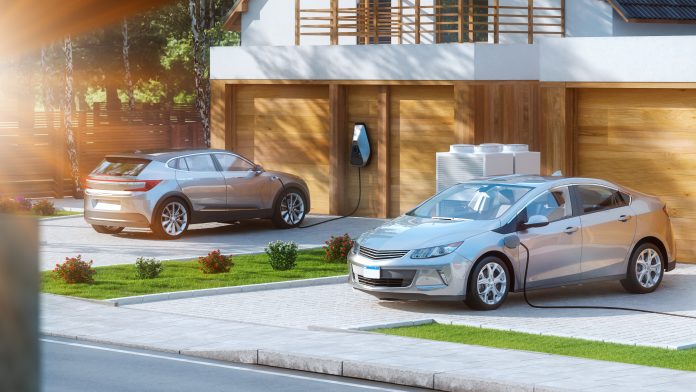The electrification of vehicles is progressing at varying rates depending on their (rural, urban, suburban) location, resulting in a noticeable difference in the use of electric cars in the United States.
A report by the National Renewable Energy Laboratory, highlighted by the DOE’s Vehicle Technologies Office, suggests that most EVs will be found in suburban areas. It is predicted that suburban regions will house almost 60% of the 33 million vehicles expected by 2030, which is equivalent to about 20 million EVs.
The remaining 40% of EVs will be distributed between rural (20%) and urban (20%) areas.
If this prediction holds true, it means that the majority of EV buyers will require a vehicle for daily use. Suburban houses typically come with private parking spaces and home charging capabilities, making them an excellent market for EVs.
However, potential buyers in urban areas may lack a home charging station, and the shorter driving distances in cities may not make the higher cost of an electric vehicle worthwhile. This is despite the zero-emission feature being highly valued in urban areas.
Furthermore, the report states that in urban areas, 40% of electric vehicle electricity needs will be met by public DC fast chargers (150 kilowatts or more), compared to just 20% in suburban regions and 10% in rural areas. It is worth noting that the most common type of charging will continue to be AC Level 2, with a small amount of AC Level 1.



